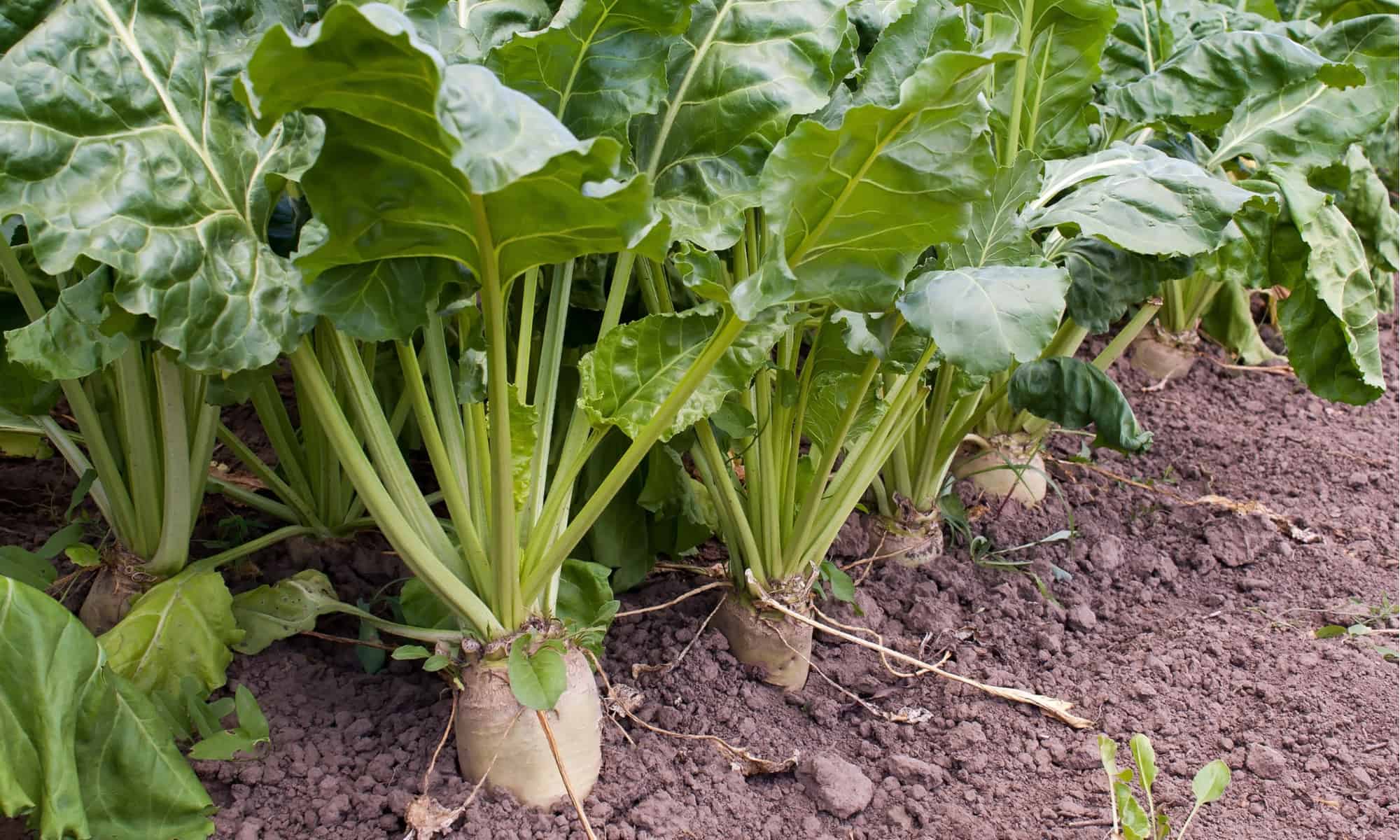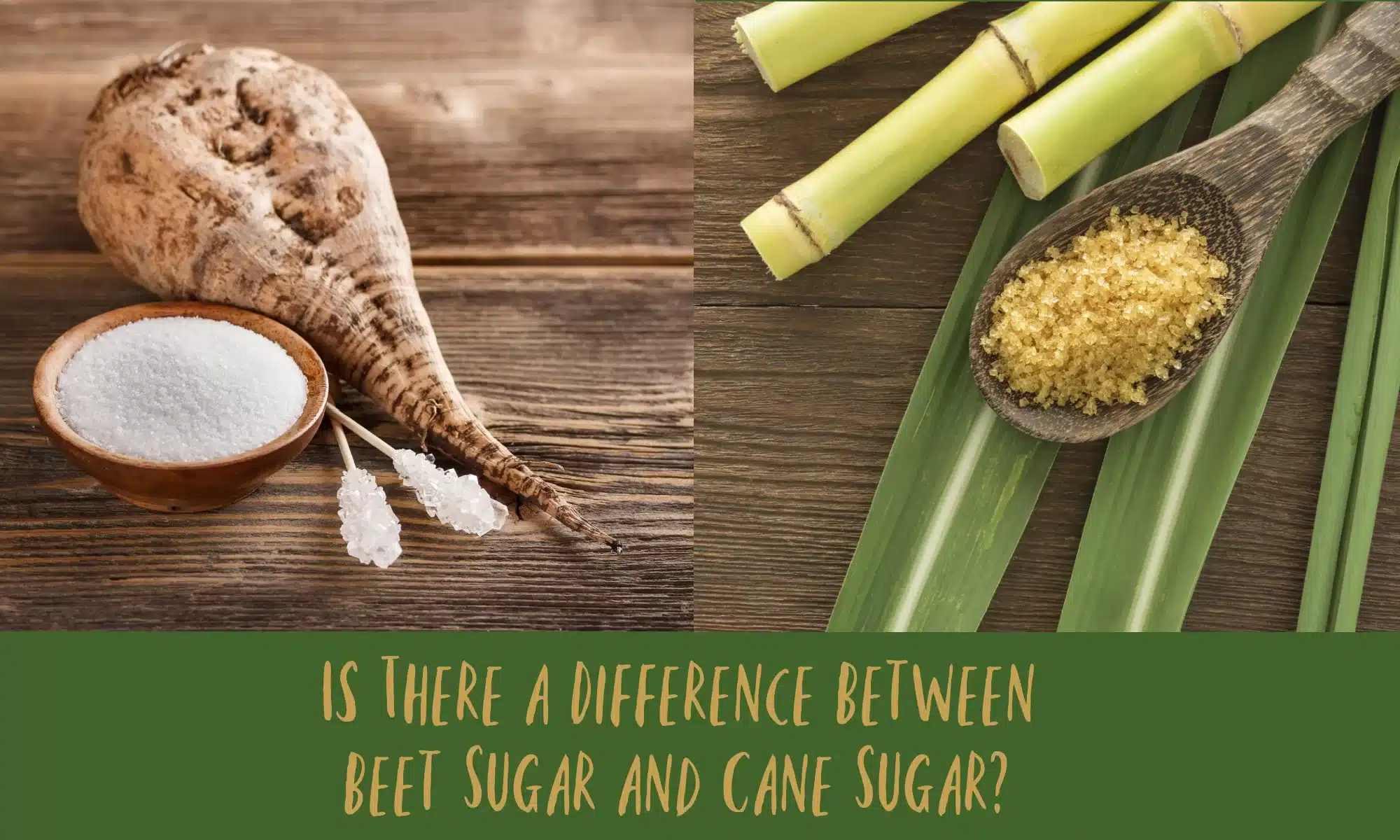Discover the Uses and Benefits of Beet Sugar Vs Cane Sugar in Your Daily Diet
Checking out the distinct qualities of beet and cane sugar exposes even more than simply their sweetening capacities; it highlights their one-of-a-kind influences on health and cookeries. Beet sugar, understood for its refined flavor, is often favored in delicate treats, whereas cane sugar, with its hint of molasses, includes richness to robust dishes. Each type holds its own dietary profile and glycemic ramifications, welcoming a much deeper understanding of their functions in a balanced diet regimen and sustainable intake methods.
Beginning and Manufacturing Procedures of Beet and Cane Sugar

The distinct climates and soil types needed for expanding sugar beets and sugarcane add to differences in their cultivation practices and geographical distribution, affecting the economics and sustainability of their production. beet sugar vs cane sugar.
Nutritional Comparison Between Beet Sugar and Cane Sugar
Regardless of stemming from different plants, beet sugar and cane sugar are nutritionally extremely similar, both mostly being composed of sucrose. Each gives about 4 calories per gram, equating to about 16 calories per tsp. Structurally, both sugars are made up of approximately 99.95% sucrose, with very little amounts of other substances like dampness and trace element, which do not substantially alter their nutritional profiles.

Eventually, when picking between beet sugar and cane sugar based upon nutritional content alone, both deal the same advantages and drawbacks as look at here they are essentially forms of the exact same molecule-- sucrose, supplying quick energy without other nutrients.
Effect On Health And Wellness: Glycemic Index and Caloric Content
Exploring further right into the impacts of beet sugar and cane sugar on health, it is vital to consider their glycemic index and caloric material. The glycemic index (GI) of both beet and cane sugar is around 65, categorizing them as high-GI foods, which can trigger quick spikes in blood sugar degrees.
Each sort of sugar consists of around 4 calories per gram, making their caloric material matching. For those keeping track of calorie intake, especially when managing weight or metabolic health conditions, comprehending this equivalence is essential (beet sugar vs cane sugar). Nevertheless, extreme intake of any kind of high-calorie, high-GI food can add to wellness concerns such as excessive weight, heart problem, and insulin resistance.
Environmental and Economic Considerations of Sugar Manufacturing
Beyond wellness influences, the manufacturing of beet and cane sugar additionally raises considerable environmental and economic issues. Sugar beet farming often tends to need cooler environments and has a lower geographical impact contrasted to sugar cane, which grows in tropical areas.
Additionally, making use of pesticides and plant foods in both beet and cane sugar cultivation can lead to soil degradation and air pollution, additional impacting biodiversity and neighborhood water bodies (beet sugar vs cane sugar). The selection between cultivating sugar beet or cane typically depends upon local ecological problems and financial elements, making the sustainability of sugar manufacturing an intricate issue
Culinary Applications and Taste Distinctions
While the ecological and financial aspects of sugar production are without a doubt considerable, the choice between beet and cane sugar likewise affects cooking applications and taste accounts. Beet sugar, obtained from the sugar beet plant, is known for its extremely neutral taste.
Cane sugar, drawn click now out from sugarcane, frequently keeps molasses traces, which impart a distinct splendor and depth. The minor variant in dampness web content in between beet and cane sugar can affect the structure and uniformity of recipes, making cane sugar a favored choice for details dishes that benefit from its special residential or commercial properties.

Final Thought
In final thought, both beet and cane sugar have distinctive beginnings and production processes, supplying comparable nutritional accounts with slight differences in salt content and flavor. While their effect on wellness, specifically relating to glycemic index and calories, is equivalent, the selection in between them often comes down to ecological, financial aspects, and specific cooking requirements. Comprehending these elements can guide consumers in making educated decisions that straighten with their health objectives and flavor choices.